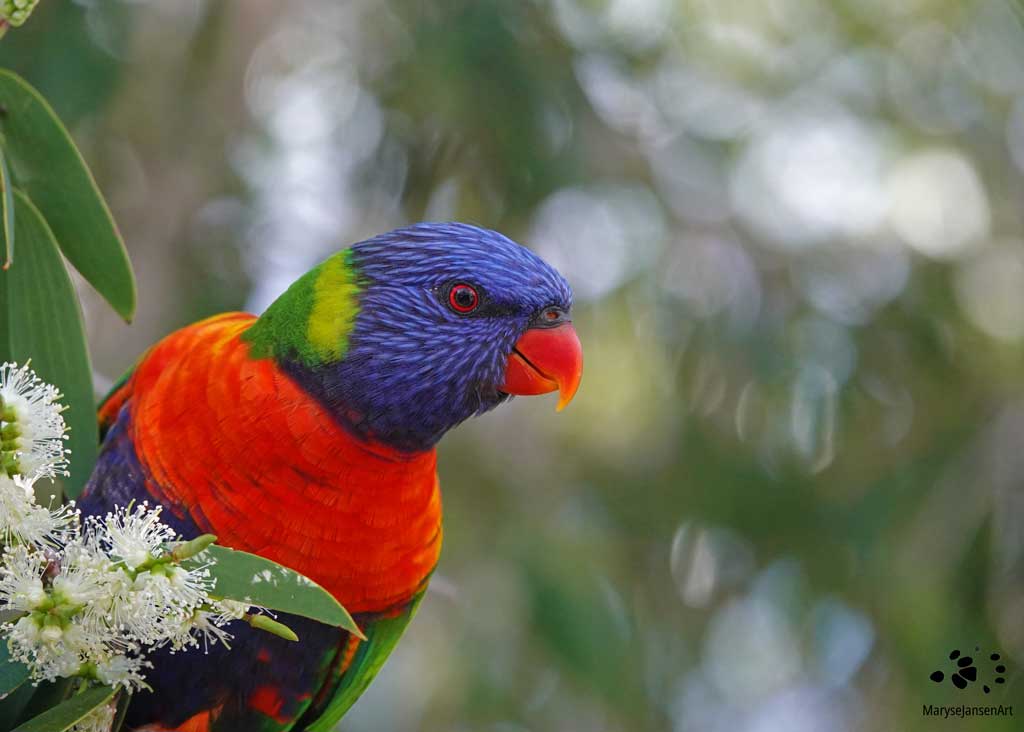Nature Photography with marysejansenart
Higher Biodiversity Lowers Stress and Lifts Mood
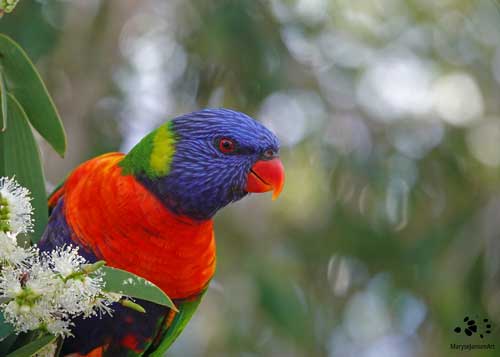
Learn more about the Rainbow Lorikeet.
Spring has arrived and I set out for a walk around the lake. Even though this lake is situated in a heavily build up suburban area, surrounded by a large shopping centre, medical facilities and residential buildings, it is a natural oasis! It is so rich in vegetation and there are so many species of birds and other wildlife that it is a great pleasure to spend some time here!
This month (September) is National Biodiversity Month in Australia. We hear the term biodiversity a lot, but what is it exactly?
Table of Contents
What is Biodiversity?
Biodiversity is the variety of all living things that make up the world around us. You can look at three different levels of biodiversity: genetic diversity, species diversity and ecosystem diversity.
While species diversity is probably what you would think about most likely when it comes to biodiversity, the other two levels of biodiversity are also very important to recognize. So let’s have a look at all three levels:
An ecosystem is a community of organisms and their physical environment interacting together.
Ecosystems can come in various sizes. For instance a small pond or a whole forest. Ecosystem diversity refers to the variety of ecosystems in an area.
A species is a group of organisms that can produce viable offspring and the species name is how we usually refer to the living things we see. So we may talk about a Green Tree Frog or a Blue Gum Tree. Species diversity refers to the number of different species we can find in an ecosystem or area.
Finally, genetic diversity is the variety of genes within a species. Each individual within a species has its own genetic composition. These can for instance be expressed as variations in colour or size.
Megadiversity
When it comes to biodiversity, there is something to celebrate in Australia. The levels of biodiversity in this country are so high that it qualifies as one of the 17 megadiverse countries in the world. In fact, Australia belongs to the group of 12 megadiverse countries that together make up about 75% of the world’s total biodiversity! Wow!
When you watch my video series ‘Come for a walk in the Australian Bush’ – on my blog at the end of many posts or on my YouTube Channel – you will get a glimpse of the amazing biodiversity I come across on my walks. You can explore various ecosystems and meet lots of different species of plants and animals. With a keen eye you might even be able to spot some genetic diversity, as for instance you might notice that no two koalas are the same – they each have their own features and personalities!
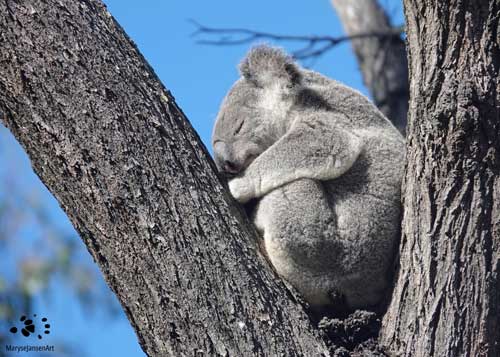
Learn more about koalas.
Higher biodiversity means happier, healthier people!
Connecting with nature has many benefits for our physical and mental health, but did you know biodiversity levels play an important role in this process?? Various studies have found that higher levels in biodiversity are associated with less stressful, more relaxed and happier people! Furthermore, high biodiversity levels have a positive impact on our ability to gain perspective and reflect on our life goals.
Hearing the songs and calls of a variety of birds has been established as something that greatly increases our life satisfaction. I know I love listening to all the different sounds they make, it can be beautiful, funny, delicate, raw, loud, chatty, pretty or strange … it’s an amazing journey for the hearing sense! Australian birds make many beautiful and amazing sounds. Check out the song of the Kookaburra or the Serenade of the Australian Magpie for instance!
What is your favourite bird call?? I’d love to hear from you in the comments!
But it is not just about the sounds or even the birds themselves. A greater variety in bird species is a good indicator for general greater biodiversity in that area, and we instinctively know that, as much as we know that an area of greater biodiversity naturally increases our chances of survival. So in short you could say: ‘more variety in bird song equals a better life’! We don’t even have to be consciously aware to reap the benefits. However, when we do get more aware, and more connected to all of nature around us, the benefits are even greater!
National Biodiversity Month
National Biodiversity Month is here to increase our awareness of biodiversity and to celebrate how amazing and beautiful it is. It is also here to point out that we can’t take Australia’s megadiversity for granted.
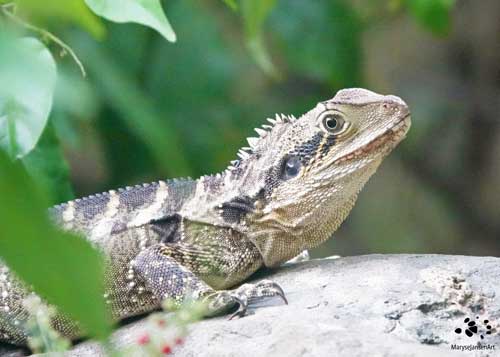
Learn more about Eastern Water Dragons.
My regular readers will be aware that ‘doom and gloom’ is not my style so I will just take a moment to acknowledge the biodiversity crisis: the fact that many species are at risk of extinction and the too many species that we have lost already. I think you are aware of this as there is plenty of coverage in the media and on social media. I am deeply aware of the fact, but I am also deeply aware that a nature positive attitude and an increased level of nature connectedness are key to move forward on a better path.
So the next level of awareness in National Biodiversity Month is about what we can do to help protect our precious biodiversity during this month and beyond.
Some examples of what you can do:
Connect with nature:
– learn about local species and ecosystems
– visit local environment centres or wildlife reserves
– spend time in nature and observe all the different species of plants and animals that you see
– take photographs, draw or write about what you see
– tell someone about the interesting things you have discovered
Contribute to nature research:
– join in citizen science projects
– log your sightings on a website or app, such as iNaturalist
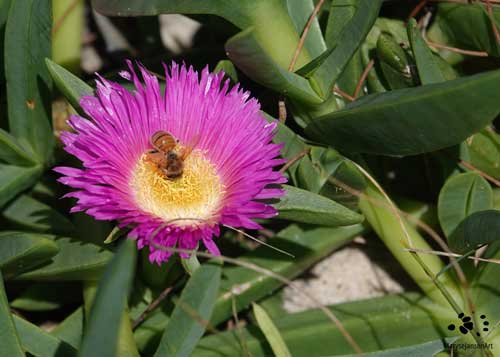
Create or improve an ecosystem:
– plant local native plants and trees in your garden
– create a pond in your garden
– do not use herbicides or pesticides in your garden
– take the weeds out of your garden
– if you don’t have a garden you can create a mini ecosystem with some potted plants on your balcony
– or join a bush care group and help improve your local bush environment
Support conservation organisations:
– donate money
– donate your time/skills
There is so much we can do and every little thing you do makes a difference, bigger then you might imagine!
What do you choose to do? Please let me know in the comments, I’d love to hear about it!
Start connecting your senses by joining me on my walk around the lake and taking a moment to really notice the great biodiversity and enjoy the variety in bird song! And keep an eye out for the Black Swans and their adorable little cygnets! Wishing you a happy day!
If you are interested in purchasing a print of the featured image ‘Rainbow Lorikeet’ or would like to see what the image looks like on the various merchandise products, please head to my shop. If you prefer ‘Snoozing in the Winter Sun II’, click shop here. For ‘Eastern Water Dragon Male’ click here and for ‘Honeybee taking a Dive in a Native Pigface Flower’ click here.

